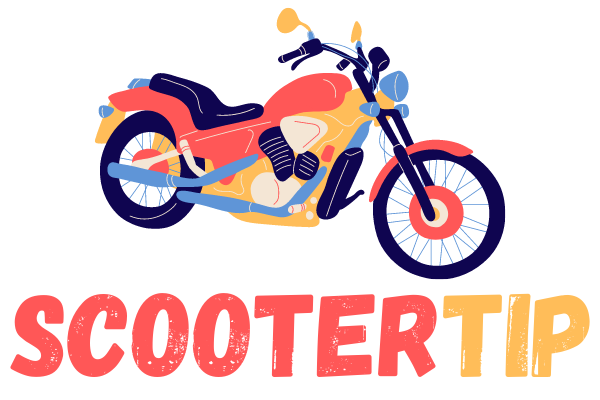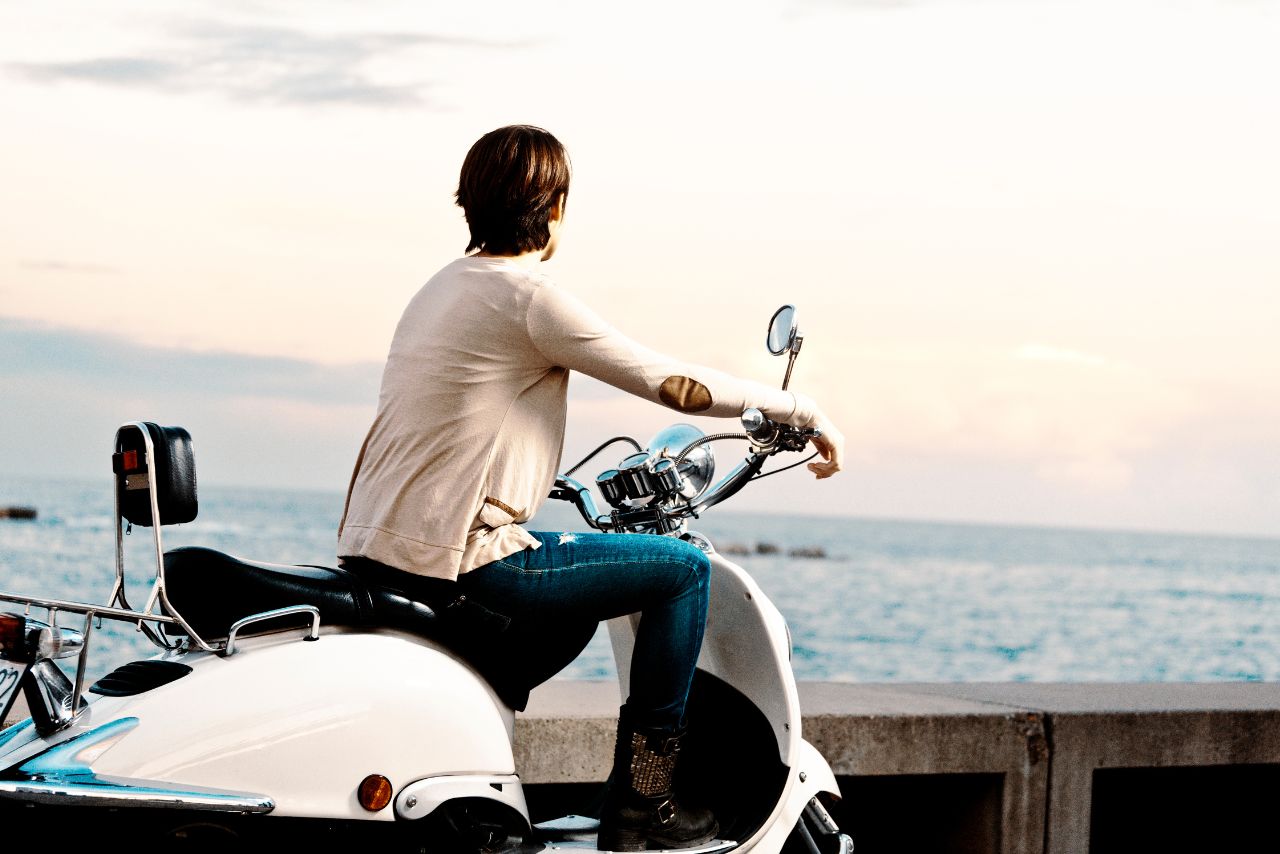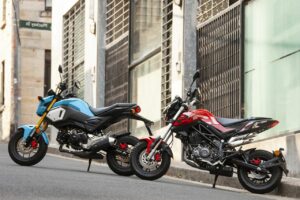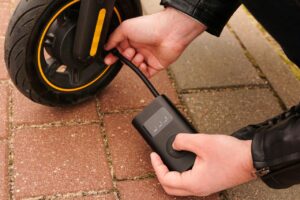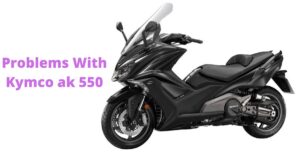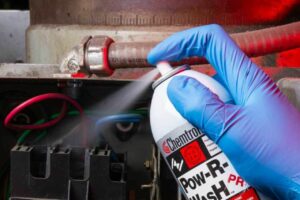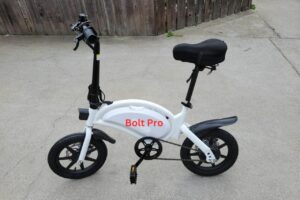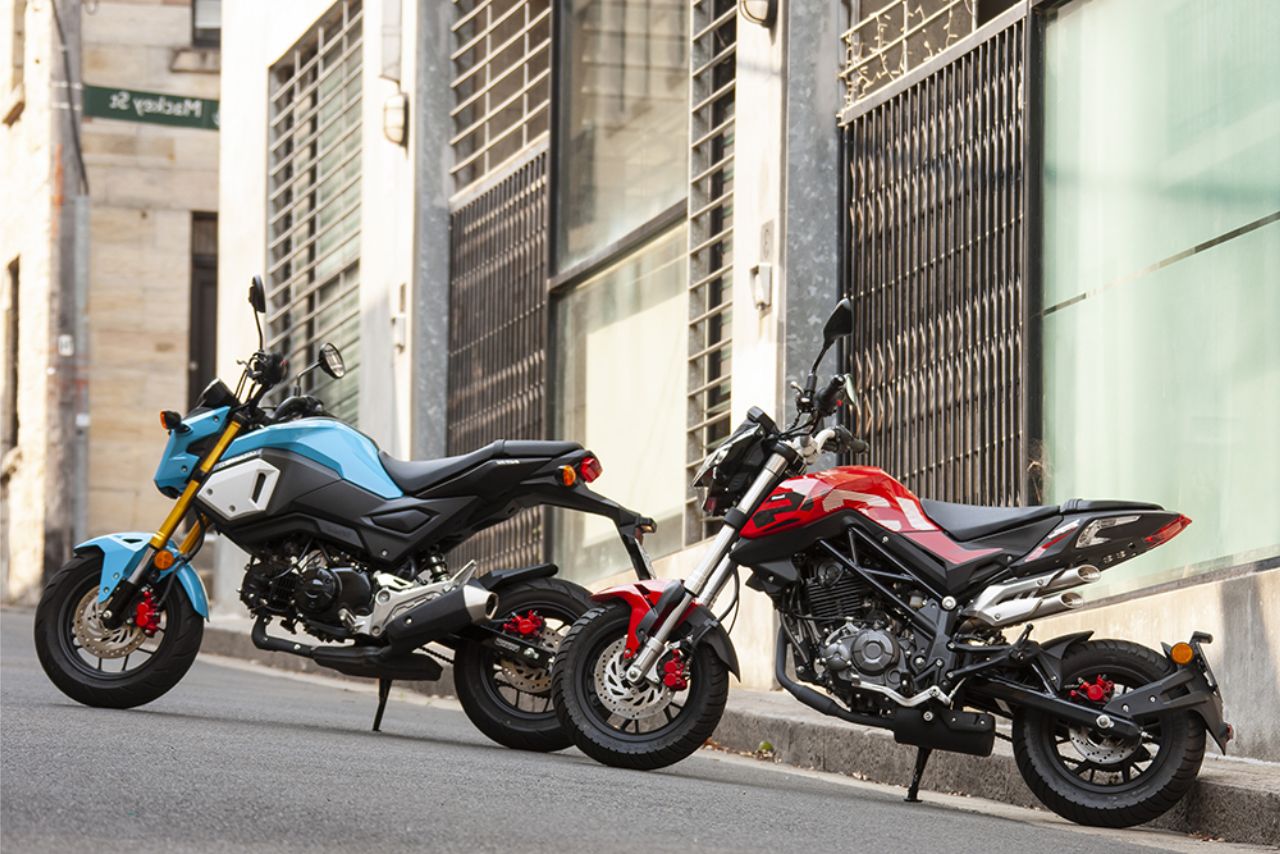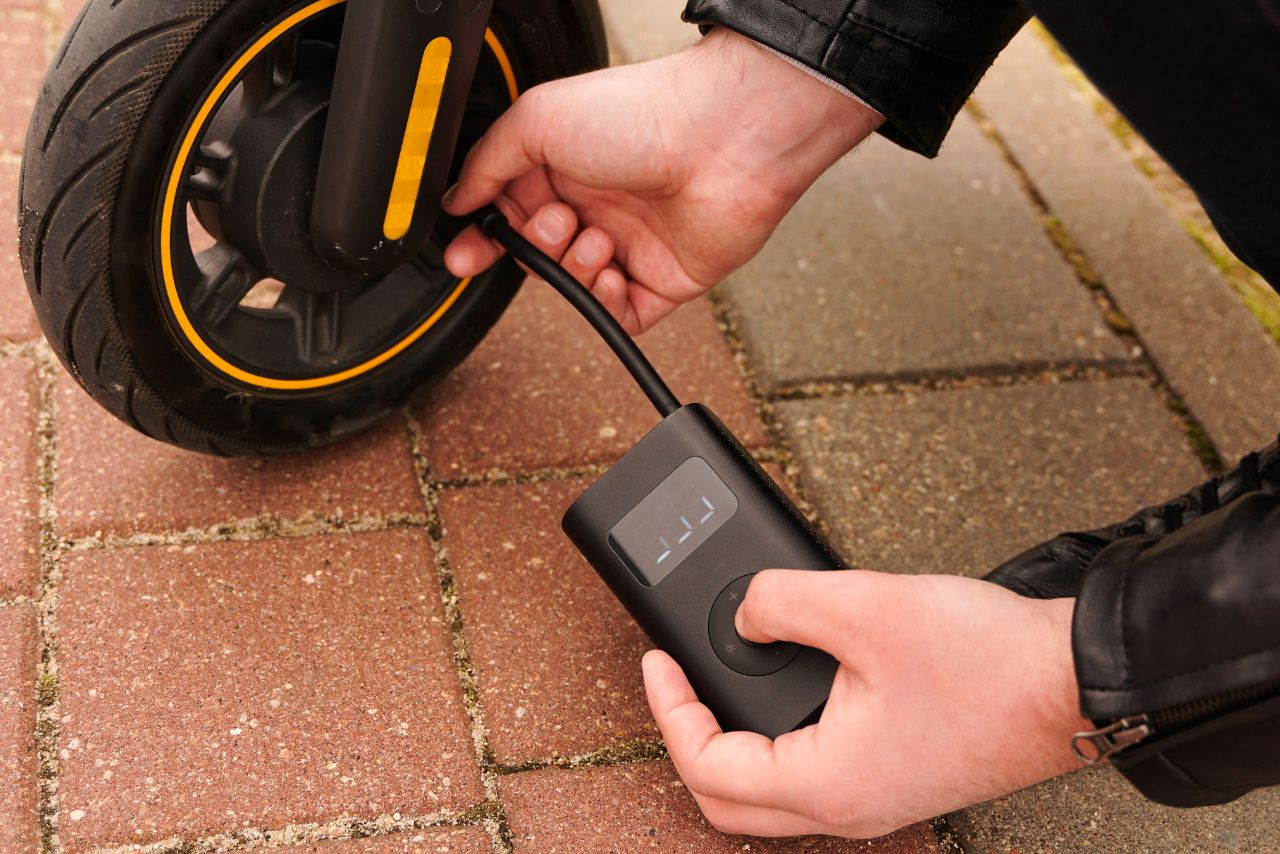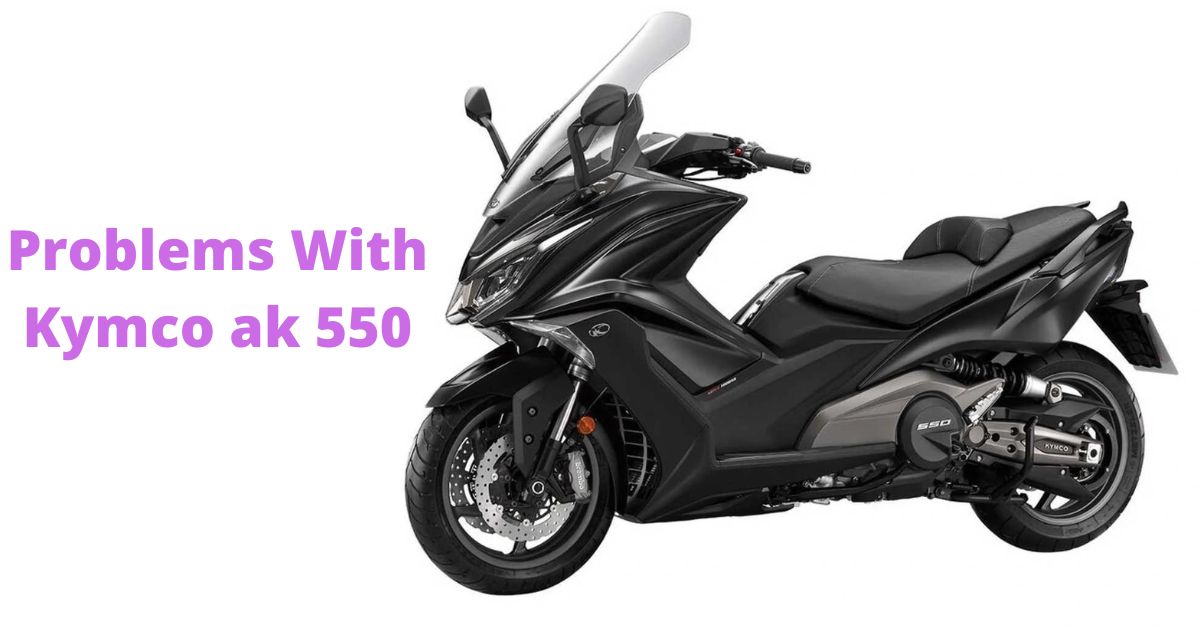How Fast Does a 100cc Moped Go? If you’re curious about the top speed of a 100cc moped, we have the answer for you. A 100cc moped typically reaches speeds between 50 to 60 miles per hour (80 to 96 kilometers per hour).
Whether you’re considering purchasing a new moped or simply interested in their capabilities, understanding their speed range is essential.
In this article, we’ll delve into the factors that affect a 100cc moped’s speed and explore some additional considerations for potential riders.
So let’s rev up our engines and dive into the world of these zippy two-wheelers!
Table of contents
How Fast Does a 100cc Moped Go?

The top speed of a 100cc moped can vary depending on a number of factors, including the make and model of the moped, the rider’s weight, the terrain, and the wind conditions. However, most 100cc mopeds have a top speed of around 50-60 mph.
Some factors that can affect the top speed of a 100cc moped include:
It is important to note that the top speed of a moped is not the only factor to consider when choosing one. Other factors, such as fuel efficiency, handling, and comfort, are also important.
How Does Engine Size Affect Moped Speed?
When it comes to mopeds, the engine size plays a crucial role in determining how fast they can go. Here’s a breakdown of how different engine sizes affect moped speed:
Factors That Influence the Top Speed of a 100cc Moped:
When it comes to determining the top speed of a 100cc moped, several factors come into play.
| Factors That Influence the Top Speed of a 100cc Moped |
|---|
| – Engine Power |
| – Weight and Aerodynamics |
| – Terrain and Road Conditions |
| – Maintenance and Tuning |
| – Rider Weight |
| – Fuel Quality |
| – Modifications/Upgrades |
Understanding these factors can help you make an informed decision about your purchase and ensure that you choose a moped that meets your needs. Here are some key considerations:
It’s important to note that while these factors influence the top speed capabilities of a 100cc moped, manufacturers usually provide estimated ranges rather than specific numbers as various variables come into play.
Understanding the Power-to-Weight Ratio in Mopeds:
The power-to-weight ratio is an essential factor in determining how fast a 100cc moped can go.
It represents the amount of power produced by the engine relative to the weight of the vehicle. A higher power-to-weight ratio means more speed and acceleration.
Here are some key points to understand about the power-to-weight ratio:
To further understand how these factors interact, let’s take a look at some examples:
| Moped Model | Power Output (hp) | Vehicle Weight (lbs) | Power-to-Weight Ratio |
|---|---|---|---|
| Model A | 5 | 200 | 0.025 |
| Model B | 8 | 250 | 0.032 |
| Model C | 10 | 300 | 0.033 |
As shown above, even with similar engine sizes (100cc), the power-to-weight ratio can vary significantly among different moped models.
Model C, with a higher power output and lower weight, has the highest power-to-weight ratio, indicating better performance potential.
The Role of Aerodynamics in Determining Moped Speed:
Aerodynamics plays a crucial role in determining the top speed of a 100cc moped. The design and shape of the moped, as well as its rider’s posture, greatly affect how air flows around the vehicle. Here are some key factors to consider:
Tips for Maximizing the Performance of Your 100cc Moped:
To get the most out of your 100cc moped, it’s essential to take proper care and make a few adjustments. Here are some tips to help you maximize its performance:
Regular Maintenance:
- Keep up with routine maintenance tasks such as oil changes, spark plug replacements, and air filter cleanings.
- Regularly check tire pressure and ensure they are properly inflated for better handling and fuel efficiency.
Fuel Quality:
- Always use high-quality fuel recommended by the manufacturer.
- Avoid using stale or low-grade gasoline as it can affect engine performance.
Proper Lubrication:
- Ensure that all moving parts are adequately lubricated according to the manufacturer’s recommendations.
Weight Reduction:
- Remove any unnecessary accessories or items from your moped to reduce weight.
Tire Selection:
- Consider upgrading to high-performance tires specifically designed for mopeds.
Optimize Carburetor Settings:
- Adjusting the carburetor settings can fine-tune your moped’s performance based on factors like altitude and climate conditions.
Air Intake Modifications:
- Upgrading your air intake system with aftermarket options may improve airflow, resulting in enhanced power delivery.
Exhaust System Upgrade:
- Installing an upgraded exhaust system can help increase both power output and overall engine efficiency.
Riding Technique:
- Practice smooth acceleration and avoid unnecessary revving which can waste fuel quickly.
Braking Efficiency:
- Ensure that brakes are properly adjusted for optimal stopping power without excessive drag on wheels.
Remember, while these tips can enhance your 100cc moped’s performance, always prioritize safety first by wearing appropriate protective gear and following traffic rules.
Watch Video: How Fast Does a 100cc Moped Go?
Conclusion and Final Thoughts 💭
The speed of a 100cc moped can vary depending on various factors such as engine power, weight, and terrain. On average, a 100cc moped is capable of reaching speeds between 50 to 60 miles per hour (80 to 96 kilometers per hour).
However, it’s important to note that this is just an estimate and individual models may have different top speeds.
It’s essential for riders to prioritize safety while operating a 100cc moped or any vehicle on the road.
So hop on your trusty two-wheeler with confidence knowing that you can enjoy both reliability and convenience without compromising on safety!
FAQs
Can a 100cc Moped Go on Highways?
Yes, a 100cc moped can go on highways, but it is important to note that most highways have minimum speed limits which may exceed the top speed of a 100cc moped.
It is recommended to check local regulations and laws before riding a moped on highways.
Can a 100cc Moped Be Modified to Go Faster?
Modifying a 100cc moped to go faster is possible, but it is important to understand that any modifications made to the vehicle should comply with local laws and regulations.
Can a 100cc Moped Keep up With Traffic?
A 100cc moped can keep up with slower urban traffic, but it may struggle to maintain high speeds on highways or in areas with fast-moving traffic.
It is important to stay aware of the speed limit and exercise caution while riding to ensure safety on the road.
Is a 100cc Moped Suitable for Long-Distance Riding?
While it is possible to ride a 100cc moped for long distances, it may not be the most comfortable option.
Mopeds are generally designed for short to medium-range commuting.
Factors such as fuel capacity, engine reliability, and comfort should be considered when planning long-distance trips.
What Are the Benefits of Owning a 100cc Moped?
Owning a 100cc moped can have several benefits, including fuel efficiency, low maintenance costs, easy maneuverability in urban areas, and the ability to park in tight spaces.
Mopeds can also be enjoyable and convenient alternatives to cars or public transportation for short commutes.
Do I Need a Special License to Ride a 100cc Moped?
The regulations regarding licenses for riding a 100cc moped vary depending on the country and region.
In many places, a regular driver’s license is sufficient, while in some, a separate moped license or endorsement may be required.
It is important to check with local authorities to determine the specific licensing requirements in your area.
Latest Posts:
- Benelli TNT 135 vs Grom! (A Proper Review!)
- Top 10 Best Air Pump for Electric Scooter! (Tested By Experts!)
- What Problems Does The Kymco Ak 550 Have? Find Solution!
- How to Clean Wiring Harness Connectors? (Simple Guide!)
- Jetson Bolt Pro Troubleshooting! (The Ultimate Guide!)
- What Does 16 Mean To The Pagans? (The Surprising Truth!)
